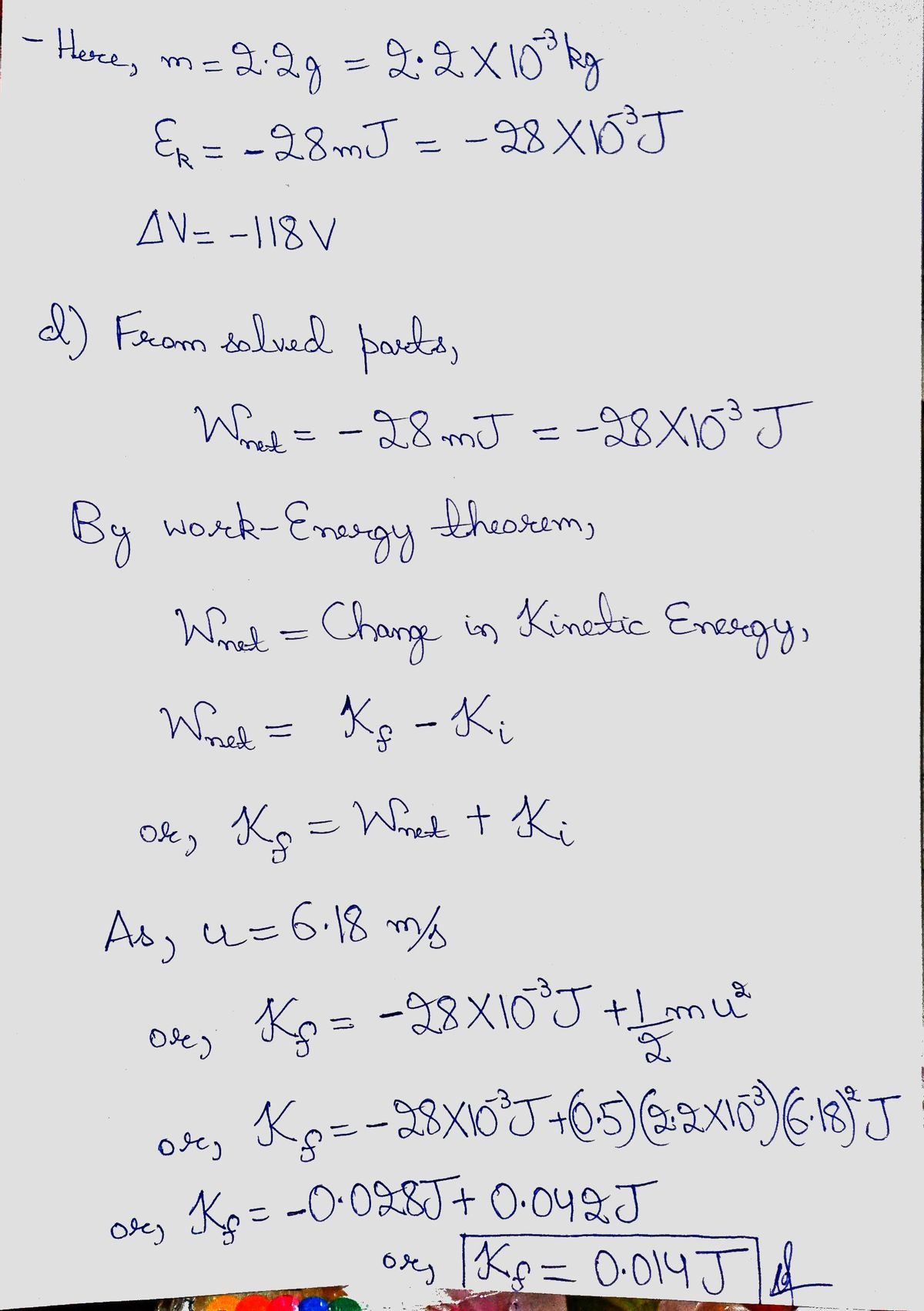(d) What was the dust speck's final kinetic energy if it was initially moving at a speed of 6.18 m/s? K₁ = J (e) So, how fast was it after crossing the potential differene? m/s Vf=
Stellar evolution
We may see thousands of stars in the dark sky. Our universe consists of billions of stars. Stars may appear tiny to us but they are huge balls of gasses. Sun is a star of average size. Some stars are even a thousand times larger than the sun. The stars do not exist forever they have a certain lifetime. The life span of the sun is about 10 billion years. The star undergoes various changes during its lifetime, this process is called stellar evolution. The structure of the sun-like star is shown below.
Red Shift
It is an astronomical phenomenon. In this phenomenon, increase in wavelength with corresponding decrease in photon energy and frequency of radiation of light. It is the displacement of spectrum of any kind of astronomical object to the longer wavelengths (red) side.
Part d, e please and check if the answer a,b,c is correct


Step by step
Solved in 2 steps with 2 images









